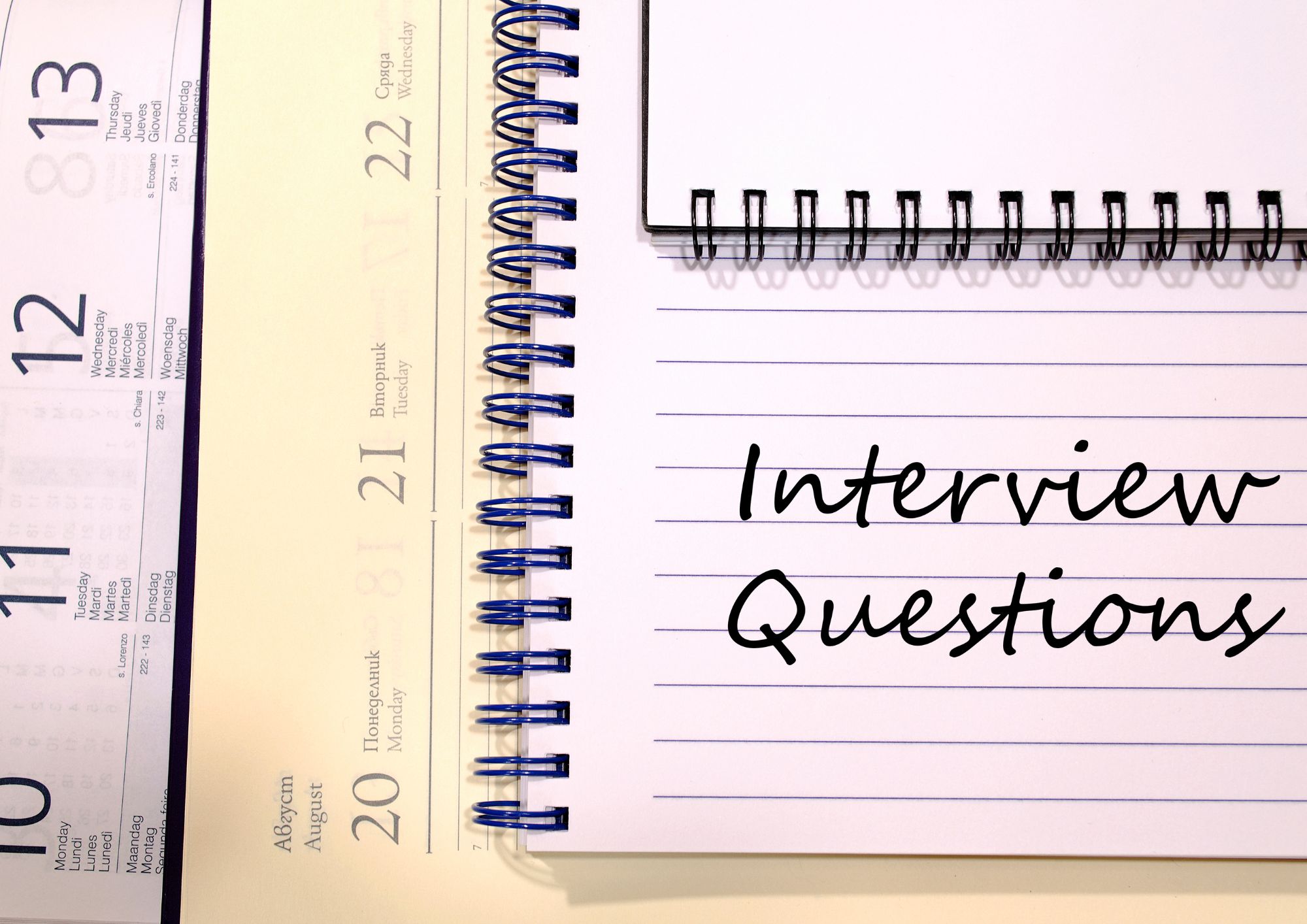As a Senior SEO expert, I have prepared this exhaustive, information-rich, and professionally written article to help you master the art of convolutional neural networks (CNNs).
This comprehensive guide, with facts, figures, and examples, is designed to give you an edge in your deep learning interviews.
Let’s dive into the world of deep learning and explore the key interview questions related to convolutional neural networks.
What are Convolutional Neural Networks (CNNs)?
Convolutional Neural Networks (CNNs) are a class of deep learning algorithms designed for image recognition, natural language processing, and other applications that benefit from pattern recognition.
CNNs are inspired by the biological processes occurring in the visual cortex of the human brain.
They consist of multiple layers, including convolutional layers, pooling layers, and fully connected layers, that work together to process input data, identify patterns, and generate accurate predictions.
Example:
In image classification, a CNN can recognize objects like cats, dogs, or cars by learning the features that differentiate them, such as edges, textures, and colors.
How do Convolutional Layers work?
Convolutional layers are the backbone of CNNs. These layers apply a set of filters (also known as kernels) to the input data, which can be an image or the output of a previous layer.
Each filter is responsible for detecting specific features, such as edges, corners, or textures. The result of applying these filters is a set of feature maps that represent the presence of the detected features in the input data.
Example:
Suppose we have a 5×5 grayscale image and a 3×3 filter. The filter is applied to the image by sliding it over the entire image, calculating the dot product between the filter and the corresponding region of the image. The result is a 3×3 feature map.
Programming code snippet:
import numpy as np
from scipy.signal import convolve2d
image = np.array([[1, 1, 1, 0, 0],
[0, 1, 1, 1, 0],
[0, 0, 1, 1, 1],
[0, 0, 1, 1, 0],
[0, 1, 1, 0, 0]])
filter = np.array([[1, 0, 1],
[0, 1, 0],
[1, 0, 1]])
feature_map = convolve2d(image, filter, mode='valid')
print(feature_map)
What is the role of Pooling Layers in CNNs?
Pooling layers are used to reduce the spatial dimensions of feature maps generated by the convolutional layers. This process helps in reducing the computational complexity of the network and prevents overfitting.
The most common pooling operation is max-pooling, which takes the maximum value from a defined region (usually 2×2 or 3×3) of the feature map.
Example:
Given a 4×4 feature map, applying a 2×2 max-pooling operation will result in a 2×2 pooled feature map.
Input Feature Map:
[[4, 2, 3, 1],
[5, 1, 7, 4],
[2, 8, 4, 6],
[1, 4, 9, 3]]
After 2x2 Max-Pooling:
[[5, 7],
[8, 9]]
Programming code snippet:
import numpy as np
def max_pooling(input_feature_map, pool_size):
h, w = input_feature_map.shape
pool_h, pool_w = pool_size
output_h = h // pool_h
output_w = w // pool_w
pooled_feature_map = np.zeros((output_h, output_w))
for i in range(output_h):
for j in range(output_w):
pooled_feature_map[i, j] = np.max(
input_feature_map[i*pool_h:(i+1)*pool_h, j*pool_w:(j+1)*pool_w]
)
return pooled_feature_map
feature_map = np.array([[4, 2, 3, 1],
[5, 1, 7, 4],
[2, 8, 4, 6],
[1, 4, 9, 3]])
pooled_feature_map = max_pooling(feature_map, (2, 2))
print(pooled_feature_map)
What is the purpose of Fully Connected Layers in CNNs?
Fully connected layers serve as the final stage in a CNN architecture. They connect every neuron from the previous layer to every neuron in the subsequent layer, transforming the output from the convolutional and pooling layers into a single, continuous vector.
This vector is then passed through an activation function, such as a softmax function, to generate the final output probabilities for each class.
Example:
In an image classification task with 10 classes, the fully connected layer will output a 10-dimensional vector, with each element representing the probability of the input belonging to a specific class.
How can you prevent overfitting in Convolutional Neural Networks?
Overfitting occurs when a model learns the training data too well, including noise and irrelevant details, leading to poor generalization on new, unseen data. To prevent overfitting in CNNs, you can employ several strategies:
- Data augmentation: Increase the amount and diversity of training data by applying random transformations, such as rotation, scaling, or flipping.
- Dropout: Randomly set a proportion of neurons to zero during training, forcing the model to learn more robust features.
- Regularization: Add a penalty term to the loss function, such as L1 or L2 regularization, to discourage the model from learning overly complex features.
- Early stopping: Monitor the model’s performance on a validation dataset and stop training when the performance starts to degrade.
Mastering the art of convolutional neural networks is essential for deep learning interviews.
By familiarizing yourself with the fundamental concepts, examples, programming codes, and strategies presented in this guide, you will be well-prepared to ace your next deep learning interview.
Good luck!
Thank you for reading our blog, we hope you found the information provided helpful and informative. We invite you to follow and share this blog with your colleagues and friends if you found it useful.
Share your thoughts and ideas in the comments below. To get in touch with us, please send an email to dataspaceconsulting@gmail.com or contactus@dataspacein.com.
You can also visit our website – DataspaceAI


